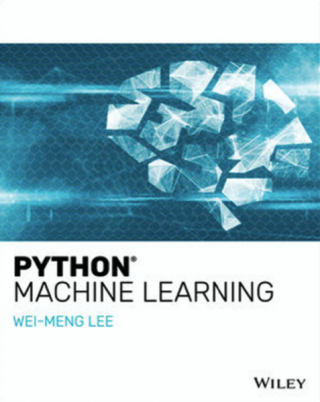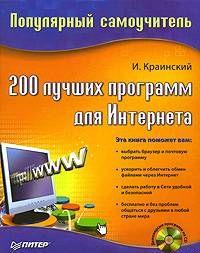
Аннотация
This book covers machine learning, one of the hottest topics in more recent years. With computing power increasing exponentially and prices decreasing simultaneously, there is no better time for machine learning. With machine learning, tasks that usually require huge processing power are now possible on desktop machines. Nevertheless, machine learning is not for the faint of heart—it requires a good foundation in statistics, as well as programming knowledge.
Most books on the market either are too superficial or go into too much depth that often leaves beginning readers gasping for air.
This book will take a gentle approach to this topic. First, it will cover some of the fundamental libraries used in Python that make machine learning possible.
In particular, you will learn how to manipulate arrays of numbers using the NumPy library, followed by using the Pandas library to deal with tabular data.
Once that is done, you will learn how to visualize data using the matplotlib library, which allows you to plot different types of charts and graphs so that you can visualize your data easily.
Once you have a fi rm foundation in the basics, I will discuss machine learning using Python and the Scikit-Learn libraries. This will give you a solid under-standing of how the various machine learning algorithms work behind the scenes.
For this book, I will cover the common machine learning algorithms, such as regression, clustering, and classif i cation.
This book also contains a chapter where you will learn how to perform machine learning using the Microsoft Azure Machine Learning Studio, which allows developers to start building machine learning models using drag-and-drop without needing to code. And most importantly, without requiring a deep knowledge of machine learning.
Finally, I will discuss how you can deploy the models that you have built, so that they can be used by client applications running on mobile and desktop devices.
It is my key intention to make this book accessible to as many developers as possible. To get the most out of this book, you should have some basic knowledge of Python programming, and some foundational understanding of basic statistics.
And just like you will never be able to learn how to swim just by reading a book, I strongly suggest that you try out the sample code while you are going through the chapters. Go ahead and modify the code and see how the output varies, and very often you would be surprised by what you can do.
All the sample code in this book are available as Jupyter Notebooks (avail-able for download from Wiley’s support page for this book, www.wiley.com/go/ leepythonmachinelearning). So you could just download them and try them out immediately.
Without further delay, welcome to Python Machine Learning!


![Эта книга идеально подходит как для начинающих программистов, так и для тех, кто только собирается осваивать Python, но уже имеет опыт программирования на других... Простой Python [Современный стиль программирования]](https://www.rulit.me/data/programs/images/prostoj-python-sovremennyj-stil-programmirovaniya_568582.jpg)


Комментарии к книге "Python® Machine Learning"